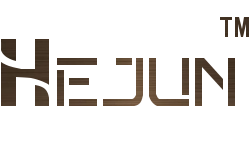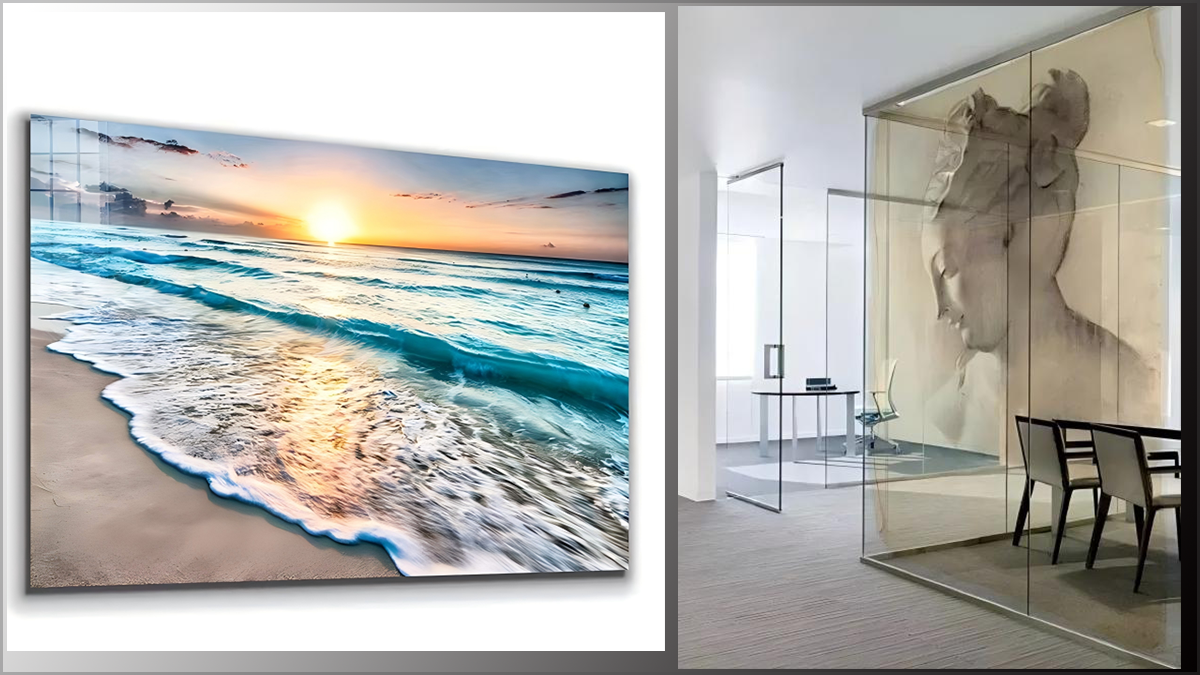In the realm of modern architecture and interior design, digital printed glass stands as a revolutionary material—merging aesthetics, functionality, and technology. As demand for visually striking yet durable materials increases, It has taken center stage in both residential and commercial projects. From bespoke façades to decorative interiors, its versatility is unmatched. See our Category. @Facebook
What is Digital Printed Glass?
Digital printed glass is a form of decorative glass that utilizes advanced ceramic inkjet printing technology. This method allows high-resolution images, patterns, and designs to be printed directly onto glass surfaces. The ceramic inks are fused into the glass during tempering, resulting in a permanent, UV-resistant, and scratch-resistant design.
This technology has revolutionized the way designers approach glass, offering endless customization options and superior durability compared to traditional screen printing methods.
Applications of Digital Printed Glass in Architecture and Design
1. Exterior Cladding and Façades
One of the most striking uses in building exteriors. Architects use it to bring unique visuals to life on large façades, transforming blank surfaces into artistic, brand-aligned statements.
- UV and weather resistance ensures long-lasting aesthetics.
- Custom branding or patterns can be incorporated seamlessly into the building envelope.
- Creates a modern, sleek, and futuristic look for office towers, shopping malls, and institutions.

2. Interior Partitions and Walls
Forget about traditional drywall or simple clear glass. Digitally printed glass partitions are now widely used in corporate offices, hospitals, hotels, and homes.
- Adds visual interest without compromising light transmission.
- Can act as privacy screens with semi-opaque designs.
- Highly hygienic and easy to clean, perfect for healthcare settings.
3. Shower Enclosures and Bathroom Panels
Digital printing allows bathrooms to become expressive design spaces. With waterproof ink integration, digitally printed glass is a superior solution for wet areas.
- Non-porous and mildew-resistant.
- Permanent patterns won’t fade or peel.
- Custom nature scenes, geometric patterns, or frosted effects are popular.
4. Kitchen Backsplashes
A standout alternative to tile or stainless steel, digital printed glass backsplashes are not only stylish but also functional.
- Easy to clean with no grout lines.
- Can replicate the look of marble, brick, or wood.
- Resistant to heat and humidity.
5. Balustrades and Railings
Glass railings don’t have to be plain. With digital printing, they can be artistic masterpieces.
- Ideal for both indoor staircases and outdoor balconies.
- Enhances aesthetic appeal while maintaining safety.
- Designs can include gradients, patterns, logos, or thematic graphics.
Benefits of Digital Printed Glass
Unlimited Design Flexibility
Unlike traditional etched or sandblasted, digital printed glass allows photo-realistic images, complex patterns, and gradient effects—all with unmatched precision.
- Supports CMYK full-color range.
- High-resolution images up to 1440 dpi.
- Designs are stored digitally, enabling easy replication or edits.
Durability and Resistance
Because the inks are ceramic-based and fired into the glass during tempering, the result is permanently bonded artwork that won’t fade, peel, or scratch over time.
- Scratch-proof, fade-proof, and chemical-resistant.
- Suitable for both interior and exterior use.
- Meets rigorous building safety standards globally.
Sustainability and Eco-Friendliness
Digital printed glass contributes to green building certifications such as LEED.
- Minimal waste production compared to traditional printing.
- Uses non-toxic, lead-free ceramic inks.
- Recyclable material with long product life cycle.
Precision and Customization
From single panels to full building envelopes, digital printing supports bespoke customization.
- Ideal for branding, cultural motifs, or architectural storytelling.
- Enables short lead times for projects.
- Each pane can be individually tailored—no design too intricate.

How Digital Printed Glass is Made
- Design Input: High-resolution graphics are created or selected.
- Glass Preparation: The glass surface is cleaned and prepped.
- Inkjet Printing: Special ceramic inks are printed directly onto the glass.
- Tempering: The glass undergoes a heating process (up to 700°C) that fuses the ink and strengthens the glass.
- Quality Check: Every pane is inspected for color accuracy, alignment, and durability.
This precision process guarantees perfect registration and consistency across every print.
Choosing the Right Digital Printed Glass Supplier
To achieve top-tier results, it’s essential to work with experienced glass manufacturers who specialize in digital ceramic printing.
- Look for ISO-certified production facilities.
- Ensure access to state-of-the-art equipment and software.
- Review portfolios and case studies to verify print quality.
- Confirm UV stability, safety ratings, and environmental compliance.
Trends in Digital Printed Glass Design
- Nature-inspired patterns: Leaves, wood grains, and landscapes are in demand for biophilic designs.
- Corporate branding: Office interiors often feature subtle logos or motivational quotes embedded in partitions.
- Architectural storytelling: Historic or cultural narratives printed on public spaces.
- Backlit panels: Illuminated digital glass for signage, bars, or art installations.
- Layered transparency: Multi-depth printing creates illusion of texture and depth.
Future of Digital Printed Glass
With ongoing innovation in print technology and ink formulation, It is expected to dominate architectural design for the next decade.
- Enhanced anti-glare and reflective coatings.
- Smart glass integration with LED and interactive displays.
- Expanded applications in furniture, ceilings, and urban infrastructure.
Conclusion
Digital printed glass isn’t just a material—it’s a design revolution. Whether you’re enhancing a commercial space or crafting a personalized home interior, it offers limitless creativity, long-term durability, and modern elegance. From bold façades to intimate interiors, digital printed glass turns vision into reality.

